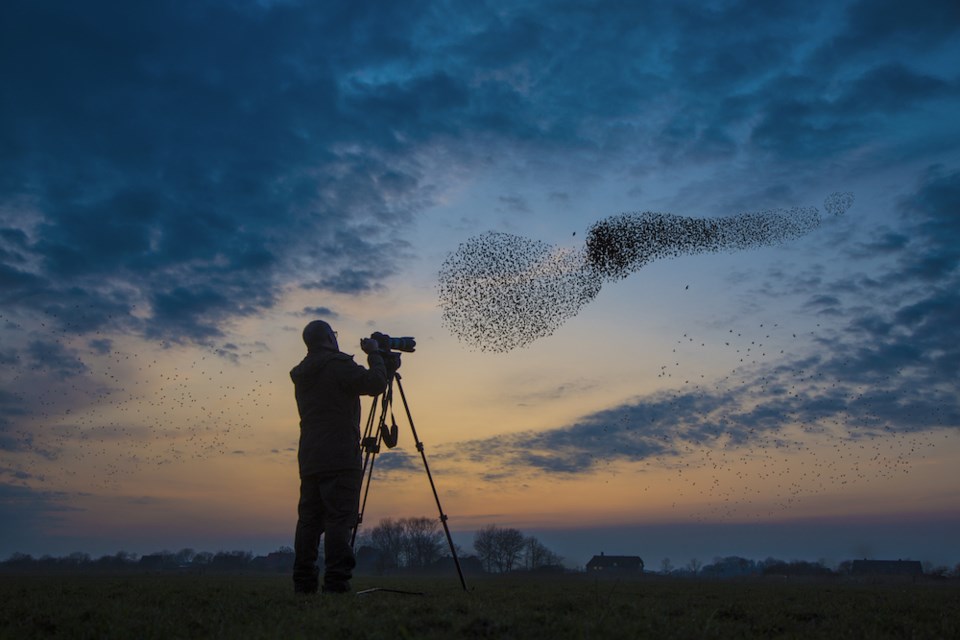My interest was piqued this week when I read an article by Pete Dunne, a luminary in the North American birding community, with the heading “Requiem for Field Identification.”
The hobby of birding has always been in a state of transition as science, technology and cultural trends intersect. In the 18th and 19th centuries, bird science and even appreciation, were carried out “at the end of a shotgun” as that was the only way to proceed in the absence of adequate optical gear such as binoculars. 1934 was a watershed year in North American birding circles with the publication of Roger Tory Peterson’s ground-breaking Field Guide to the Birds (of Eastern North America). Now, with a pair of binoculars and Peterson’s field guide, birdwatching and identification came to the masses, and his book and subsequent volumes (for western species) became one of the best-selling books of the 20th century. Peterson and a few acolytes headed a vast army of casual birdwatchers for the next 40 years.
Beginning in the 1970s, the passive hobby of birdwatching gradually morphed into a more active pursuit known as birding, with aficionados travelling widely in search of target birds for their lists. This also led to prodigiously talented individuals who with long hours of dedication and application could identify any bird from a fleeting glance or a single heard syllable. In a South American jungle, the legendary Ted Parker once identified a species new to science on the basis of a briefly heard call, a level of expertise attained by few (think Gretzky, Usain Bolt).
In recent years the science and the hobby have undergone exponential change by the application of technology. Today, the notebook, field guide and even binoculars have been replaced by the cell phone and digital camera. The field guide volumes are now in digital versions, and apps such as Merlin can identify bird calls and songs (fallible but improving, I’m told). Binoculars are still widely used of course, but there is a trend to photograph the bird first before the messy process of finding it with binoculars. This has all led to the democratization of bird identification. Even three years ago few people on the Sunshine Coast knew that Hammond’s and Pacific-slope flycatchers even existed, never mind identifying them by their calls. That is now routine if you know how to turn on a cell phone. It leaves me with the uneasy feeling that Ted Parker’s achievement (above) could now be duplicated by a nine-year-old with a cell phone. I guess we all stand on the shoulders of giants!
To report your sightings or questions contact [email protected] or 885-5539. Good Birding.



